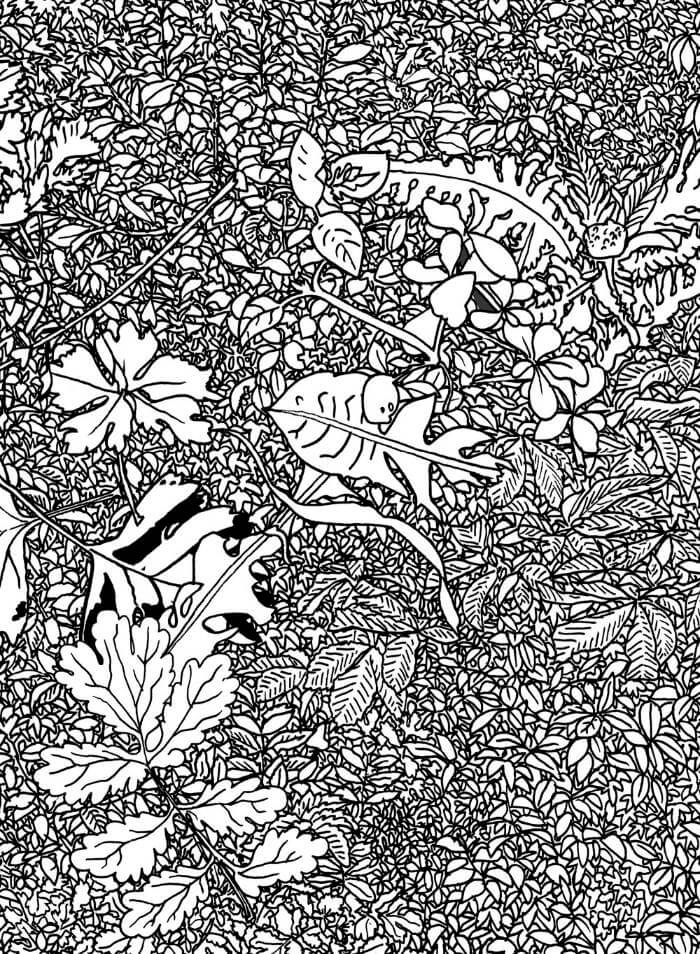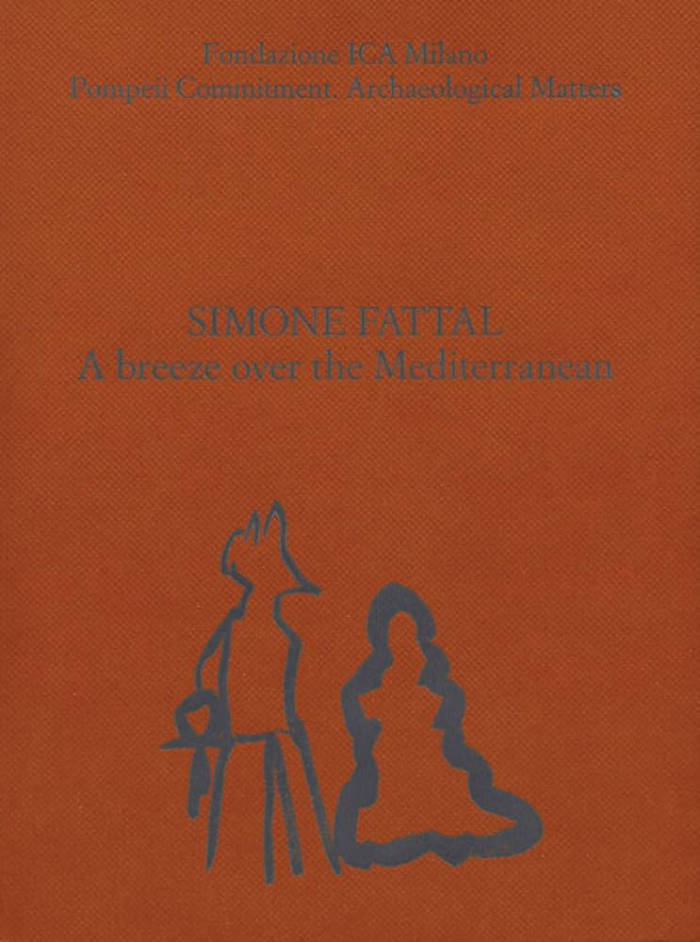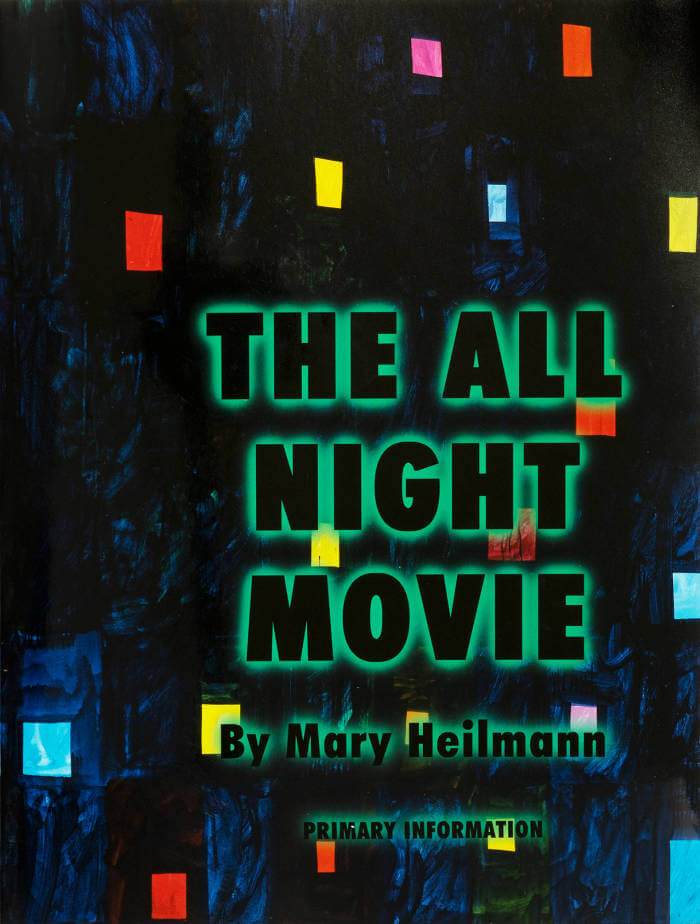
Aube
Caroline Bachmann's dawn paintings.
Caroline Bachmann's paintings owe as much to turn-of-last-century Symbolism—in their attempt to depict an infinite stillness, whose synthetic depiction of nature could be mistaken for that of eternity—as to plein air painting. The artist lives and works on the shore of Lake Geneva, where she spends hours contemplating the scenery, recording with a lead pencil on paper minute details of atmospheric events, making notes in the margins of subtle colour changes—not unlike comic book colourists of the pre-digital age, whose job it was to pass on to engravers written codes corresponding to the 64 possible combinations of percentages of cyan, magenta, yellow and black at their disposal. Back in the studio, the paintings are then built up over a lengthy period of time with translucent glazes of oil paint.
Published in 2024 10 pages







